Table of Contents
ToggleAmaya’s Story: Everyone’s Anchor
The office was nearly empty, the hum of the air conditioner louder now than the clatter of keyboards that had filled the day. Everyone else had left hours ago — some with laughter still echoing down the hallway, headed to the usual Friday drinks. Amaya sat alone, her eyes scanning the spreadsheet on her screen, fixing someone else’s mistake. Again.
She didn’t mind. Or at least, she told herself she didn’t. This was her job. Her role. The one who steps in when things fall through. The dependable one. The strong one. She stayed late, sent the polished report, shut down the lights, and slipped into the quiet of the night without fanfare.
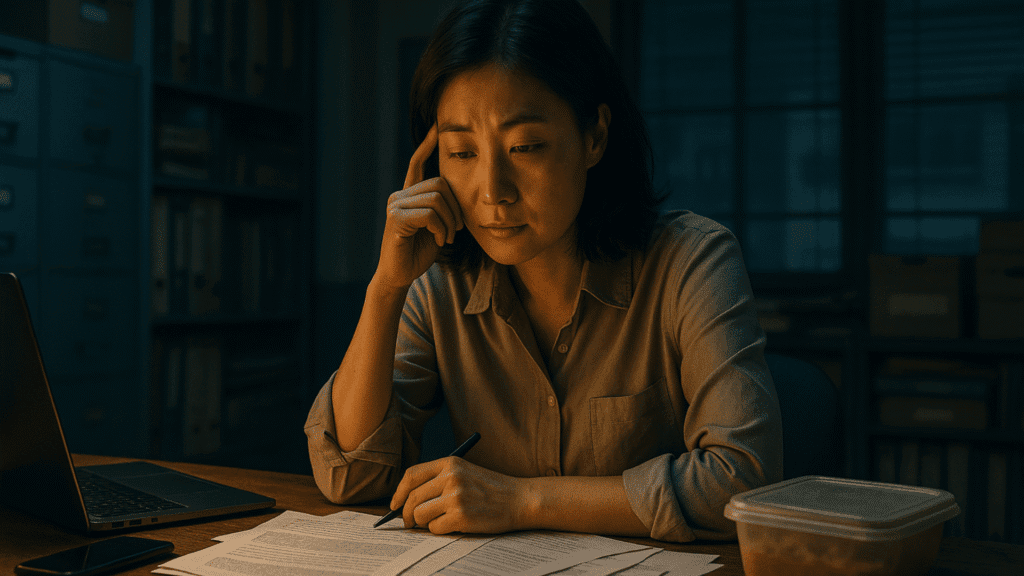
At home, the hallway light was on. Her husband was already in, lounging on the couch with the television casting a soft flicker across the room. As she stepped inside, he didn’t look up. He just said, “You’re late. We didn’t plan anything for dinner.”
Without thinking, Amaya murmured, “Oh, sorry,” and walked straight to the kitchen. It didn’t even cross her mind that he had arrived home earlier, or that he had made no effort to fix dinner. She dropped her bags on the table and began to cook, her fingers moving out of habit while her heart stayed quiet.
The equation was simple: something was needed — and she would be the one to fill it. No one asked her to carry this much. But no one stopped her either.
What Lies Beneath the Role of ‘The Strong One’
The truth is, people like Amaya don’t become the strong one by accident. They became strong because they had to. Because in the world they grew up in, someone had to be the steady one — and no one else was going to step up.
Maybe it started in childhood, where praise came only when things were done. Where presence was rare, but expectations were constant.
Where softness felt like weakness, and stillness like failure.
Over time, a quiet contract begins to form — unspoken, unpaid, but deeply binding.
They become the one who anticipates needs before they’re named.
The one who holds everything together so nothing falls apart.
They become dependable. Reliable. Strong.
And for a while, it works. But eventually, what began as goodwill becomes expectation. And when they can no longer carry it all, they aren’t met with understanding. They’re met with disappointment. Blame. Silence.
That’s often when the old wound resurfaces — silently, powerfully. Because for many, like Amaya, affection had a price tag: obedience, performance, usefulness.
Not because her parents were cruel — but because they too were shaped by patterns they never questioned. Being needed felt like being worthy, where love was transactional.
In that kind of childhood, helping others isn’t just an act of kindness. It’s a strategy for survival.
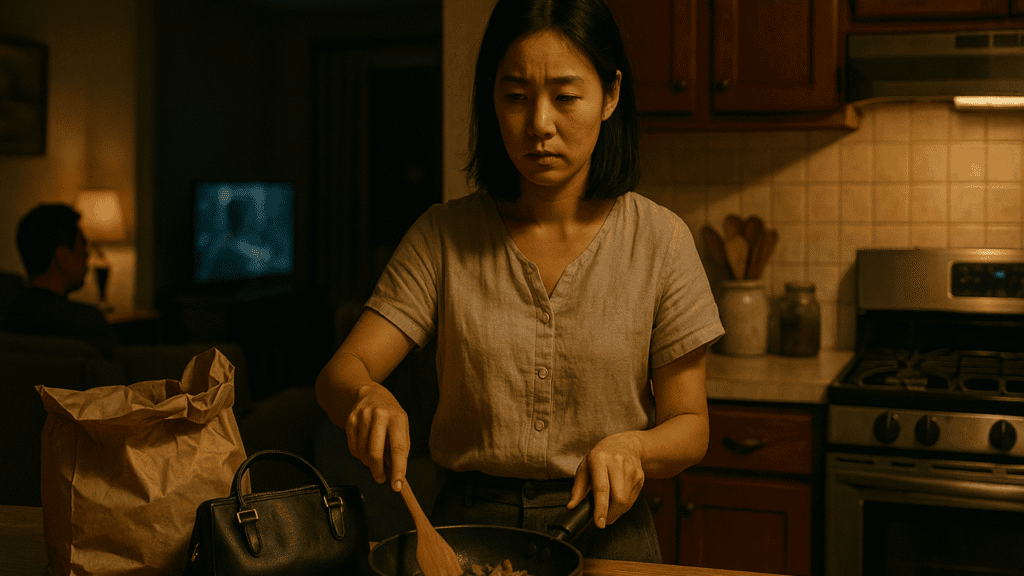
The Drama Triangle: A Role We Never Auditioned For
Amaya is known for being dependable. She’s the one who fixes things, holds space, and picks up the pieces others leave behind. But there’s a cost — one she rarely talks about.
She tells herself she’s just being helpful. That others need her. But beneath that polished exterior, a quiet storm brews. When her team messes up, she stays late to clean up — again and again. When her friends don’t show gratitude for the trip she organized, she feels slighted. When her partner leaves the dishes, she sighs and does them, thinking, “I wish once someone would do the dishes, for a change?”
This is the invisible performance of the Drama Triangle — a psychological model first introduced by Dr. Stephen Karpman in the 1960s. It describes three roles we unconsciously cycle through in moments of stress, conflict, or emotional enmeshment:
- The Rescuer: the helper, the fixer, the one who over-functions for others.
- The Victim: the one who feels unappreciated, used, powerless.
- The Persecutor: the silent inner critic that blames others for not doing their part.
Amaya doesn’t play just one of these roles — she plays all three, often in the same week, sometimes in the same conversation. Most of us do. We just don’t realize it.
The world sees her Rescuer role — the generous, capable one. But what they don’t see is the quiet voice inside that whispers, “No one ever shows up for me. Why it has to be me, always me!” The victim, feeling sorry for herself. Or the one that snaps silently, “They’re useless. I shouldn’t have to do this.” The Persecutor in Amaya says silently feeling frustration.
And because these inner voices aren’t spoken aloud, we convince ourselves they don’t count. But they do. They take up space inside us, especially invade the vital parts of us. They shape our energy, our presence, our connection to others — and to ourselves.
The danger of the Drama Triangle isn’t just that it keeps us stuck in roles. It’s that it keeps us from our truth. From the version of us that doesn’t need to rescue, doesn’t need to blame, doesn’t need to prove worth through suffering.
These roles are familiar. But they are not who we are.
The Fawn Response: The Unconscious Trauma Response That Looks Like Selflessness
There’s a fourth trauma response many people have never heard of. We know fight. We know flight. We know freeze. But there’s another one — quieter, more invisible, and far more praised. It’s called fawn.
Fawning is when we shape-shift to stay safe. We people-please, over-accommodate, rescue, appease, self sabotage and worst, self harm. All in the hope that we won’t be abandoned, rejected, or blamed.
It’s an unconscious trauma response that often looks like selflessness.
It looks like kindness.
Sounds like helpfulness.
Feels like love.
But it’s not rooted in freedom. It’s rooted in fear.
It’s the unconscious part of us that whispers:
“If I take care of everyone else, maybe they won’t leave.”
“If I fix everything, maybe I’ll be safe.”
“If I’m always useful, maybe I’ll finally be loved.”
Amaya doesn’t know she’s fawning. Most people don’t. Because the world rewards it. She gets promoted for going the extra mile. She’s admired for her generosity.
She’s needed. Relied upon. Respected.
But inside, it’s a different story. She’s tired. Resentful. Quietly bitter. She hasn’t felt truly rested in years. She doesn’t remember the last time someone asked her, “How are you — really?” and waited for the answer.
Fawning is the trauma pattern that hides in plain sight. It’s not about weakness. It’s about survival. And when it goes unrecognized, it becomes a prison.
Because if your nervous system believes love is earned — you’ll keep over-giving, over-performing, and over-extending yourself… long after your heart has started to break.
How Rescuing Hurts Us — and How We Subtly Harm Our Loved Ones
Amaya thinks she’s helping. She always has. She believes her presence makes things better — at work, at home, in her friendships. And in many ways, it does. But the problem isn’t that she helps. It’s that she can’t not help — even when it’s hurting her. Even when it’s not hers to fix.
Because that’s the trap of rescuing.
It looks noble. But it is brutal.
And underneath, it often comes from fear — not freedom.
The signs are everywhere. The fatigue. The tight chest. The unsettling stomach. The constant rushing from one task to the next. The guilt when she couldn’t help everyone. The automatic apologies. The quiet shame for needing a moment to herself. The disappointment!
And the truth is — Amaya has no idea that fear is what’s driving her. It’s invisible. To her, this is just responsibility. This is how life works. She feels it’s normal to feel this way — to live like this.
But it doesn’t just hurt her. It hurts the people around her too.
Because when we constantly step in, others never learn how to step up. When we anticipate their needs, they forget how to name their own. When we over-give, we slowly train them to under-function.
And even worse — sometimes, we become resentful of the very people we tried to help.
In my work as a psychotherapist and guide for healing, I’ve sat with individuals whose relationships have quietly decayed under the weight of unreciprocated care.
Years of thankless giving. Always serving. Never receiving. The resentment becomes a silent rot. The romance fades. Intimacy disappears. They look at the person they once fell head over heels for — and see only the shadow of duty, obligation, and fatigue. A deep emptiness takes residence in their heart.
They blame the children, the business, the economy, the stress. But it’s not any of those things.
Now, I might sound harsh — but hold my hand, take a breath, and hear me. I’m saying this lovingly. It is the very subtle abandonment they experienced as a child — now repeating as a cycle. It is us, abandoning ourselves now. And that is the grief — the unspoken grief of having abandoned ourselves for too long.
Because for so many, like Amaya, being needed has become an unconscious identity — freely accepted, and lived an unconscious illusion.
Without it, who are we? That — we have forgotten.
The true essence of our power.
Our freedom.
Our creativity.
The fulfillment.
Simply… forgotten.
And this isn’t just a pattern I’ve encountered in psychological theories — it’s something I’ve witnessed through my work in trauma healing – in powerful, life-changing ways, particularly incorporating an incredibly impactful ancient healing modality lesser-known to mankind today: psychedelic integration.
For those unfamiliar, psychedelic integration is a therapeutic process that supports individuals in accessing and processing expanded states of consciousness within an intentional, structured, and therapeutic healing setting.
When meticulously prepared and guided through sacred plant medicine ceremonies, these altered states can act as profound mirrors — allowing individuals to look deeply within themselves in ways that are often impossible with our regular waking consciousness. These experiences can unlock spontaneous emotional healing and moments of undeniable clarity, where long-held emotional patterns, buried memories, or suppressed truths finally rise to the surface.
But it’s not the experience alone that heals.
Among the preparation process and the ceremony itself, the most important aspect of this therapeutic modality is what happens afterward — integrating the insights that emerged in that expanded state. This is what enables meaningful, often accelerated healing — at a depth and pace unmatched by traditional talk therapy.
I once accompanied a woman through a healing journey whose life mirrored Amaya’s almost exactly. Always the giver. Always holding everything — and everyone — together.
She entered the sacred psychedelic ceremony not knowing what would surface. But somewhere deep in that expanded state, the illusion ruptured. She saw herself clearly — possibly for the first time in decades. She saw the years of self-erasure, the fawning dressed up as love, and the sorrow she had swallowed behind her smile.
When she emerged from the altered state, she looked at me and said quietly:
“Oh my goodness Fernando… I’ve been a slave in my own relationship.”
She wasn’t exaggerating.
She was awakening.
She realized she had given everything. Held every burden. Met every need. And not once had her own needs been acknowledged, asked about, or honored.
She hadn’t just been over-giving.
She had been vanishing.
That moment broke the spell — the spell of the invisible fawn trauma response. She began to reclaim herself — not by fighting others, but by finally remembering her own worth. Not as someone broken. But as someone who had forgotten herself in the name of love.
It’s the part where healing becomes real.
Where insight becomes action.
Where a forgotten part of you comes home.
Three Gentle Ways of Becoming Your Own Rescuer
If something feels uncomfortable or strange inside of you as you read through this article, pause for a minute, reflect authentically, try to reason and see what emerges.
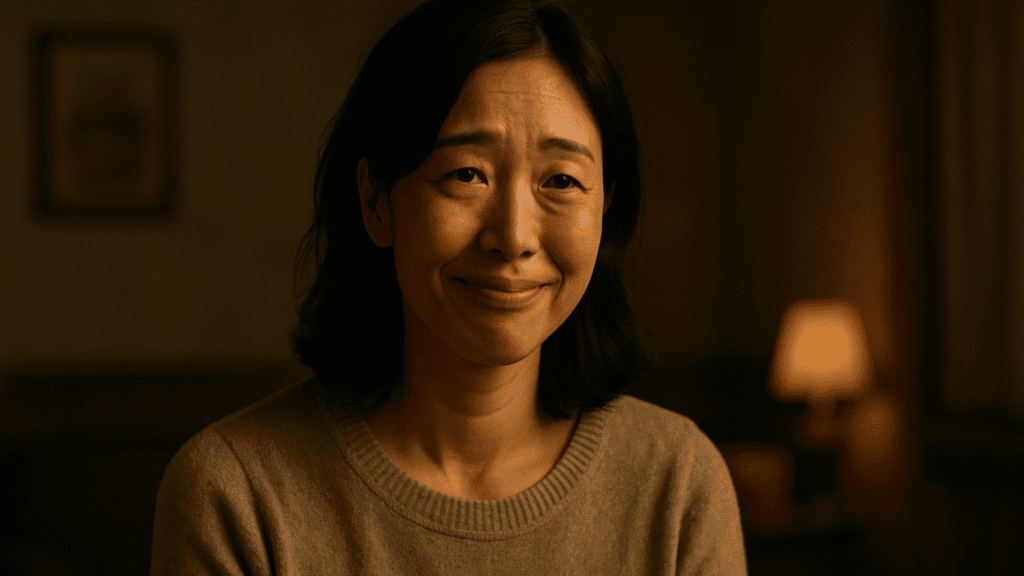
If you find yourself in these equations, this might be the beginning of the way out, or the way in.
- Quietly reshape the contract — with yourself.
This is where it begins: in the mind, in the mirror. Start recognizing that you’re burning like a candle — and your oil is running low. Catch yourself when you feel the urge to rescue. Ask: “Am I abandoning myself in this moment?”
It might feel like a crime to stop. But if you don’t — it is a crime against yourself.
Begin making subtle inner promises:
That you’ll choose you.
That you’ll protect your time, your rest, your worth.
You might be surprised by how others react — by how much they’ve taken you for granted.
Let that surprise pave your path forward. It’s time to come first.
- Speak your truth when you’re grounded.
Not in the middle of overwhelm or reactivity. But when the space is quiet, and your nervous system is calm. Say what you need. Say what you can’t offer anymore.
You don’t have to yell.
You don’t have to explain.
You don’t have to make them understand.
Let your “no” be as loving as your “yes.”
- Do not surrender to the illusion of unconscious flow.
The moment you decide to change, the old patterns will try to pull you back. Fawning will whisper: “Just this one more time.” Guilt will call itself compassion. Silence will disguise itself as peace.
But remember: This isn’t just a new habit. It’s an identity rebirth.
You’re not breaking something.
You’re becoming someone.
The one who remembers their own name, their true essence.
Time to Come Home
The truth is, at this stage, there is no one coming to save you. But there’s someone already here — waiting to be seen, to be trusted, to be held.
You.
The strong one.
The tired one.
The one who’s been bleeding love in silence.
It’s time to come home to yourself. And this time, stay.
If this piece spoke to something unspoken inside you, share it with someone who may also need to remember themselves. Someone who’s been strong for too long. Someone who’s quietly fading while holding everyone else together.
And if you resonate with these words — I’d love to hear your reflection. Feel free to share your thoughts in the comments below. Sometimes, your voice is the very thing someone else needs to hear to begin their own return.
References
- Bourzat, F. and Hunter, K., 2019. Consciousness Medicine: Indigenous Wisdom, Entheogens, and Expanded States of Consciousness for Healing and Growth. Berkeley, CA: North Atlantic Books.
- Herman, J.L., 1992. Trauma and Recovery: The Aftermath of Violence—from Domestic Abuse to Political Terror. New York: Basic Books.
- Johnson, M., Richards, W. and Griffiths, R., 2008. Human hallucinogen research: Guidelines for safety. Journal of Psychopharmacology, 22(6), pp.603–620.
- Karpman, S.B., 1968. Fairy tales and script drama analysis. Transactional Analysis Bulletin, 7(26), pp.39–43.
- Levine, P.A., 2010. In an Unspoken Voice: How the Body Releases Trauma and Restores Goodness. Berkeley, CA: North Atlantic Books.
- Maté, G., 2022. The Myth of Normal: Trauma, Illness, and Healing in a Toxic Culture. New York: Avery.
- Miller, A., 1981. The Drama of the Gifted Child: The Search for the True Self. New York: Basic Books.
- Porges, S.W., 2011. The Polyvagal Theory: Neurophysiological Foundations of Emotions, Attachment, Communication, and Self-Regulation. New York: W.W. Norton & Company.
- van der Kolk, B., 2014. The Body Keeps the Score: Brain, Mind, and Body in the Healing of Trauma. New York: Penguin Books.
- Walker, P., 2013. Complex PTSD: From Surviving to Thriving. San Jose, CA: Azure Coyote Publishing.
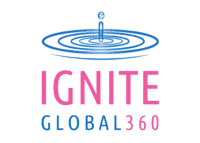
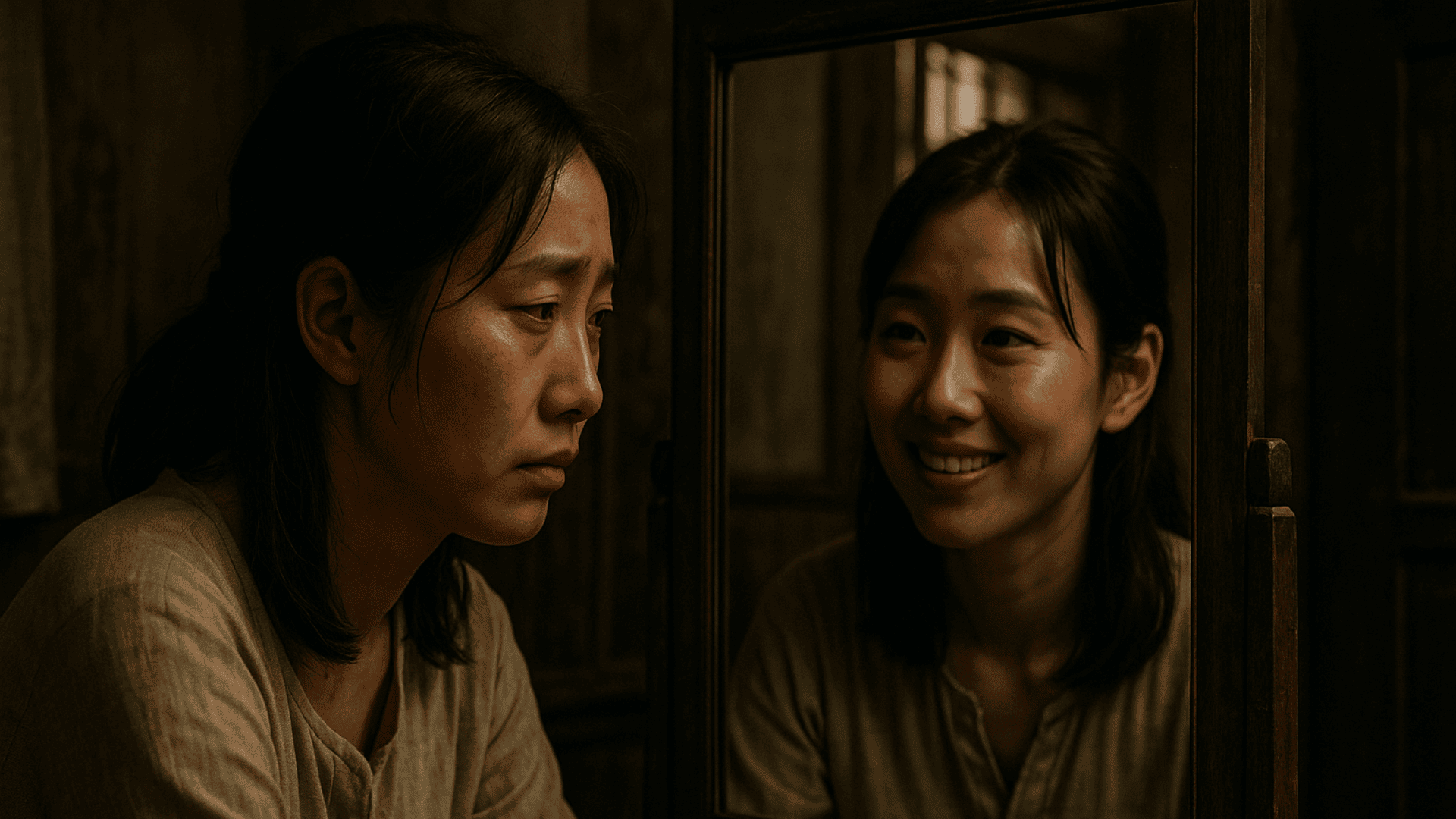
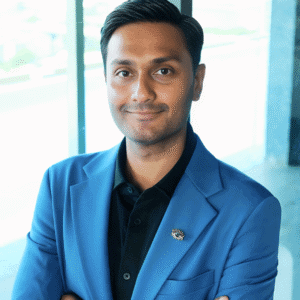

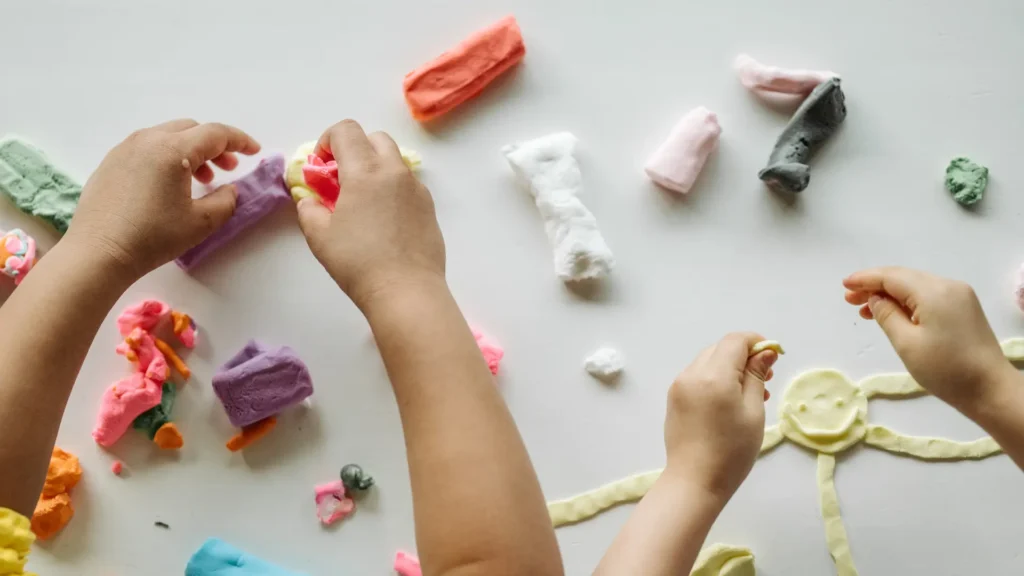
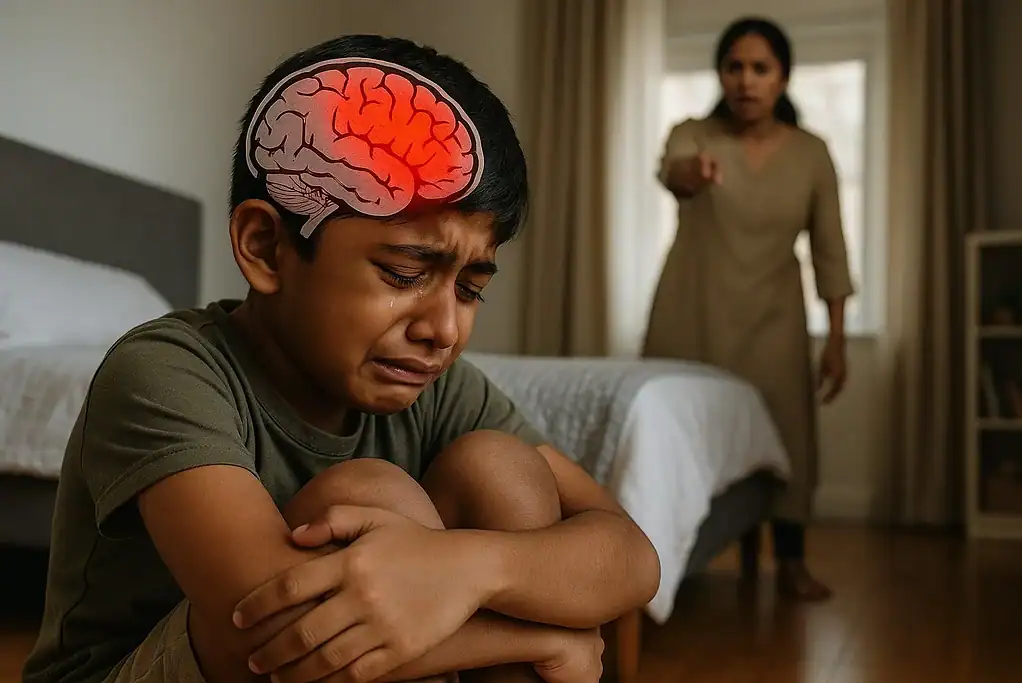

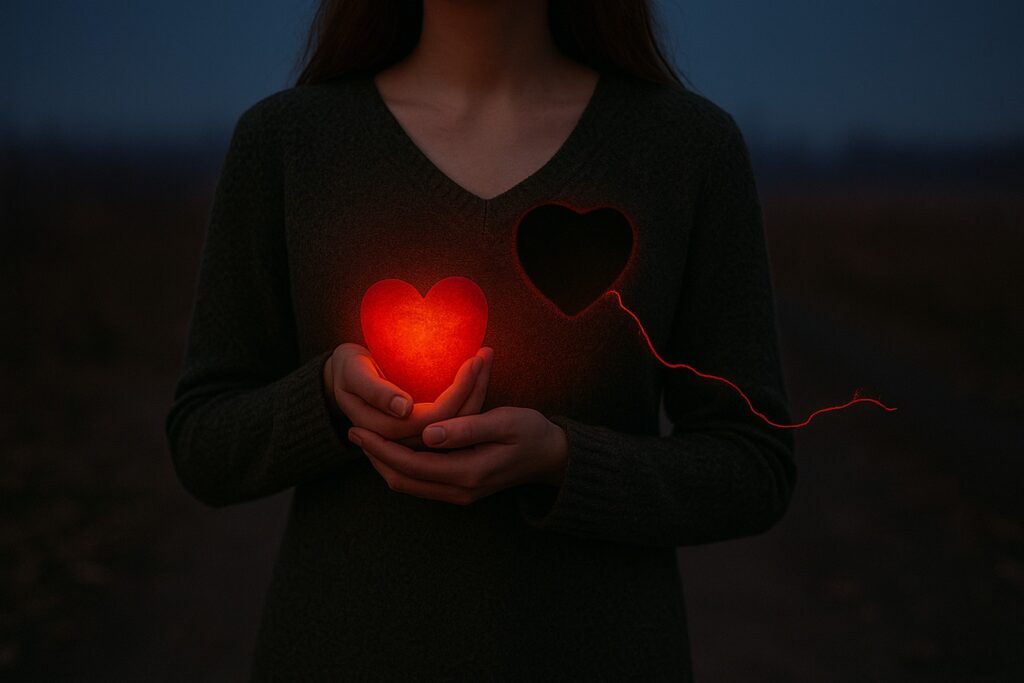

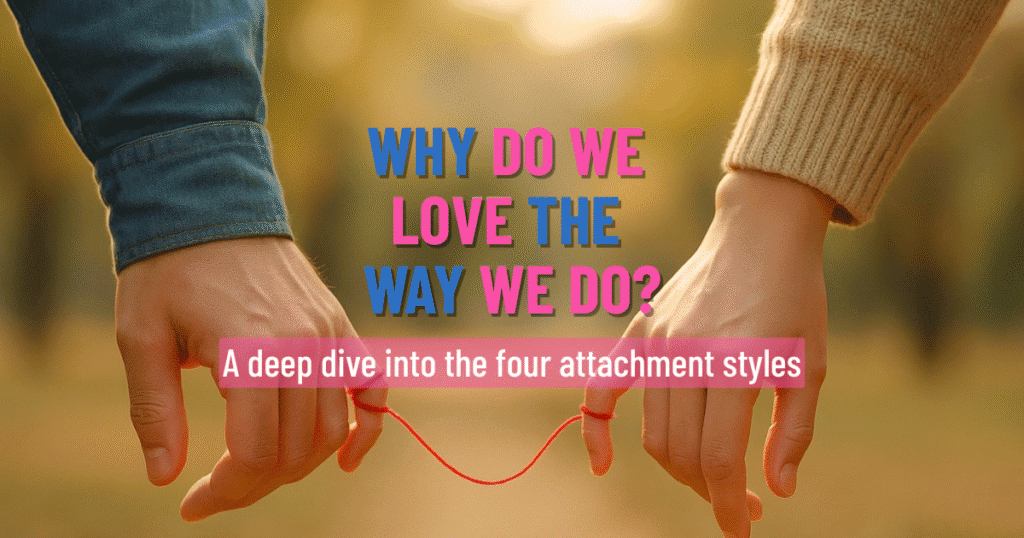
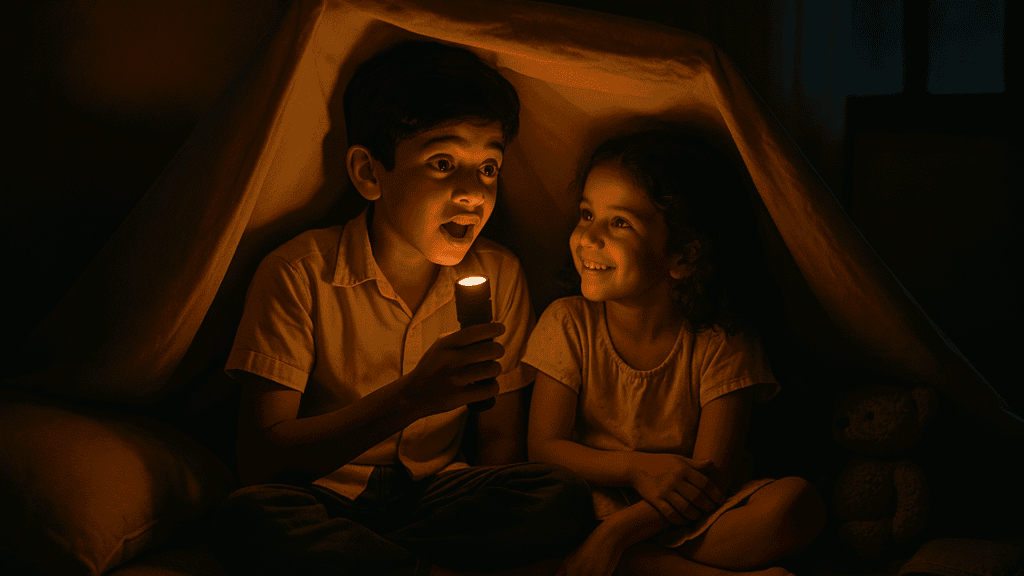

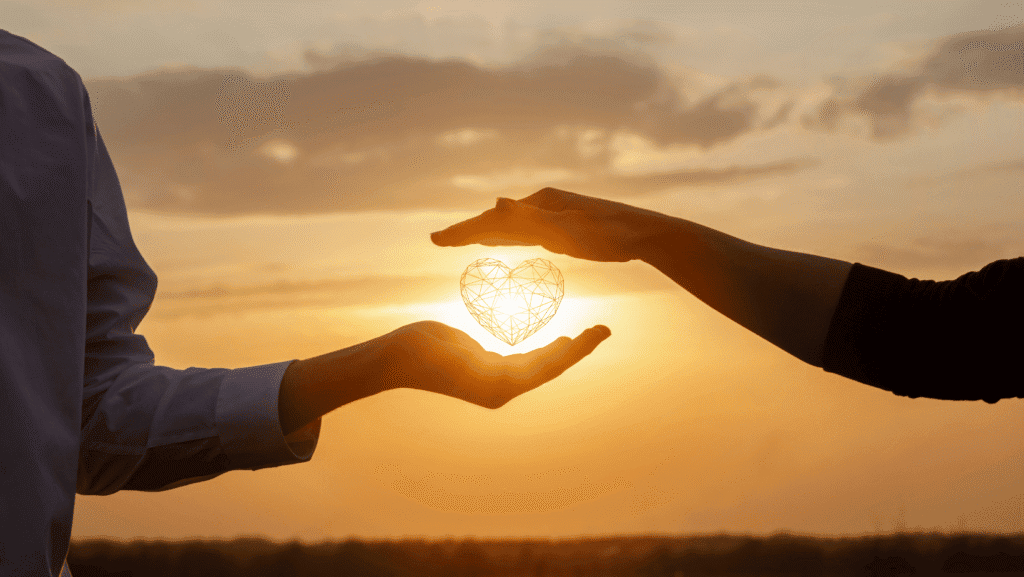
This article struck a deep chord. I became “the strong one” not by choice, but because I had to be. As a child, I went through medical trauma that shaped how I saw myself and the world — I learned early on to be resilient, to stay composed, and to never be a burden. That survival mode turned into a pattern of over-functioning, people-pleasing, and quietly carrying more than I should. Like Amaya, I often filled the gaps others left behind — at work, at home, in friendships — while silently wishing someone would notice that I needed support too. Thank you for putting words to something so many of us live with but rarely name.
Dear Amaal, thank you for sharing your experiences and how you resonate with this piece. I too have experienced medical trauma related to my immediate family, and I had no choice but be the caregiver – the strong one. I am glad that we are talking about he challenges we faced, and I hope the resonance creates healing and comfort. Sending you my best energy.